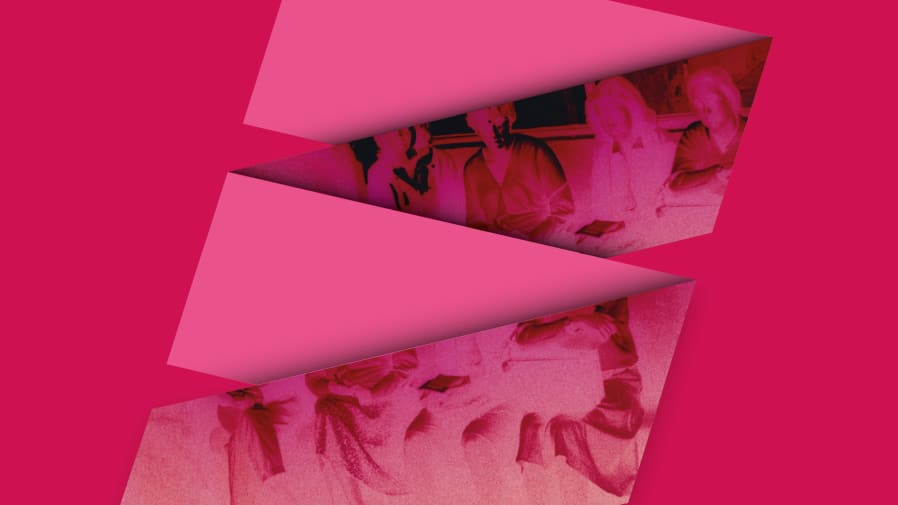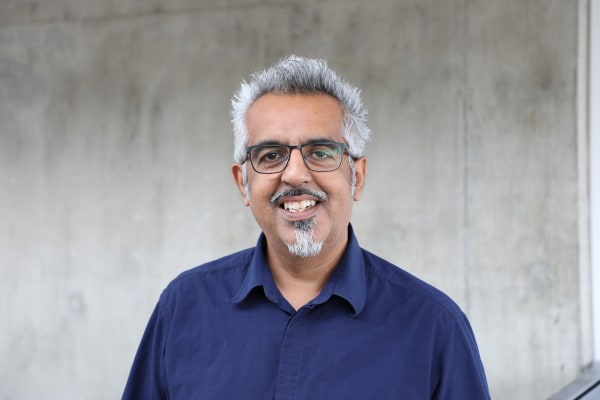Research at LCC
The research community at London College of Communication is made up of world-renowned practitioners and theorists specialising in film, current practices and histories of photography, communication studies, sound arts, graphic and information design, and spatial design.
Our research is supported by collaborations with industry, commerce and the cultural sector, funding from UK research councils, and through international partnerships.
LCC offers a supportive and exciting research environment for graduate researchers with seminars, lectures and events.
In recent years, graduate researchers have curated exhibitions, hosted conferences and produced publications of their work.
Research degrees
Find out about the benefits of studying a research degree at London College of Communication.
Research exhibitions
-
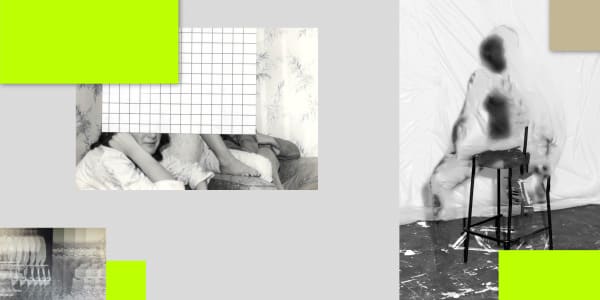
Exhibition design, Olly Corps, London College of Communication, UAL.
Research stories
-
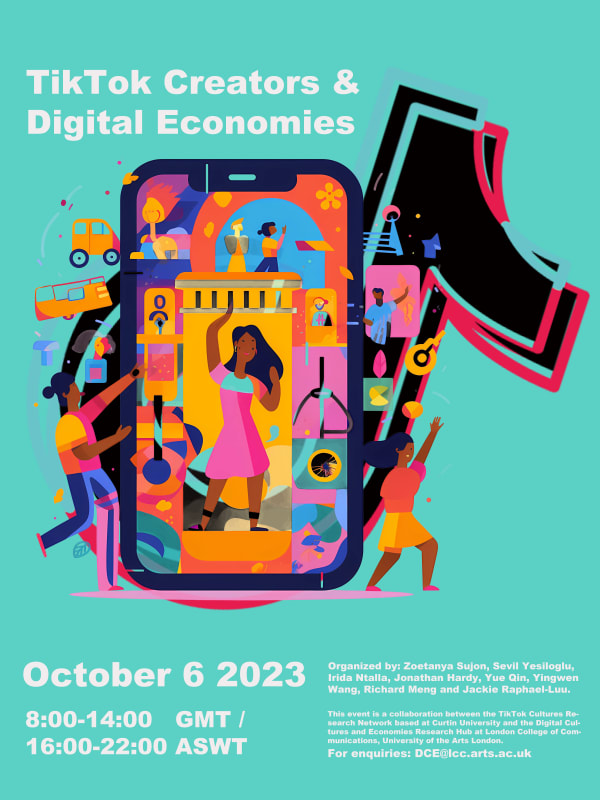
Poster design: Yingwen Wang. -
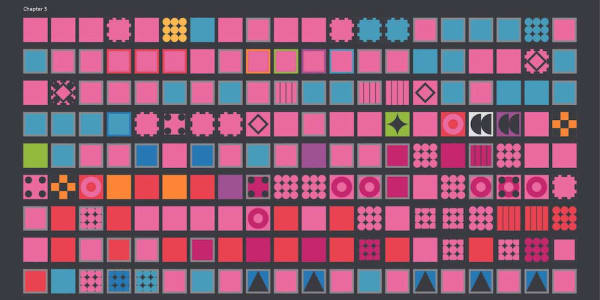
A Visual Deconstruction of An Otome Game, Zirui Julie Huang, 2022 MA Data Visualisation, London College of Communication, UAL DAReS: Transforming the Gap: Inclusive Digital Arts and Humanities Research Skills (DAReS) CoLab
The project works with marginalized arts and humanities researchers at every career stage to develop and pilot an inclusive model for advanced data and digital research skills provision.
-
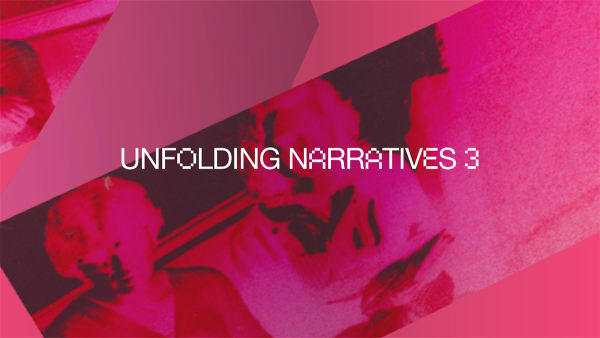
Image credit: Olly Corps. Postgraduate Research students explore dynamic practice through Unfolding Narratives 3
Launching on Tuesday 11 April, the third iteration of the exhibition series reflects on the different forms and stages of the PGR journey.
-

James Gunn, Co-CEO of DC Studios. Courtesy of DC / James Atoa / Everett Collection / Getty Images / Rodin Eckenroth / WireImage. Superhero scholar Dr Mark Hibbett predicts the future of the DC Comics Universe following new slate of films
Superhero and comic book scholar Dr. Mark Hibbett, who holds PhD thesis on supervillain Doctor Doom, reflected on the new direction DC Studios intends to take under the stewardship of James Gunn and Peter Safran, as well as how the studios often
Research centres
-
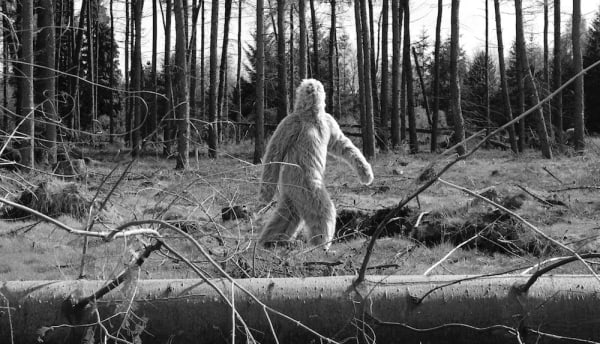
Mark Peter Wright – I, The Thing In The Margins, 2015, C-type Deluxe Print, Image courtesy of the artist
CRiSAP
Creative Research into Sound Arts Practice (CRiSAP) aims to develop the emerging disciplinary field of sound arts.
Research hubs and networks
-
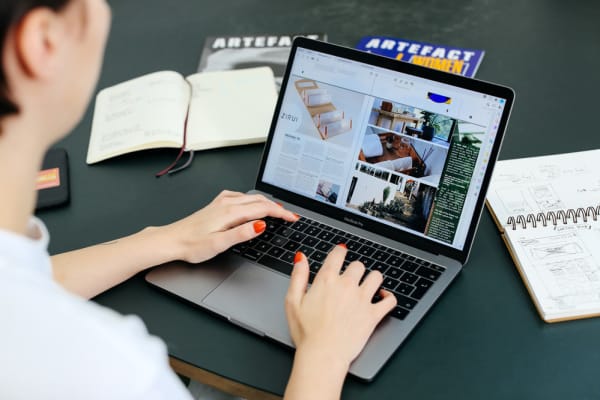
Babett Kurschner, BA (Hons) Public Relations, photography credit Alys Tomlinson
Branded Content Research Hub
The Branded Content Research Hub (BCRH) explores content that is funded or produced by marketers.
-
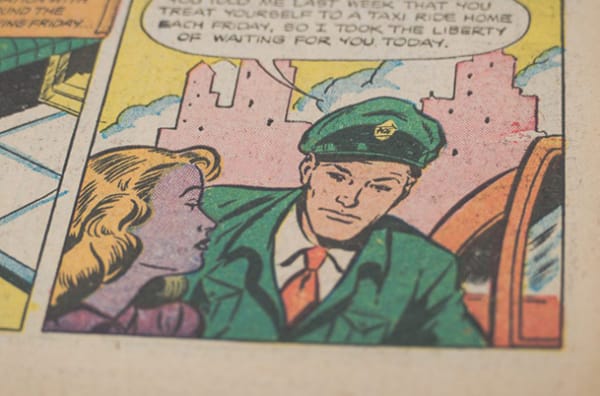
Comics Research Hub (CoRH)
The Comics Research Hub (CoRH) brings together world-leading academics from across UAL, highlighting the resources the university holds in its archives and providing a context for the wealth of ongoing comics research.
-
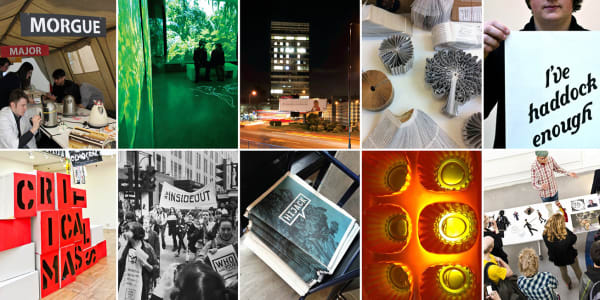
Conscientious Communicators Research Hub
Conscientious Communicators Research Hub
Conscientious Communicators is a cross-disciplinary community established to develop practice-based research around environmental and social creativity.
-

Logo for Creative Industries Management Research Hub.
Creative Industries Management Research Hub
Creative Industries Management Research Hub brings together knowledge and new understanding on creativity, management and organisational behaviour as applied specifically to the activities of creative industries.
-
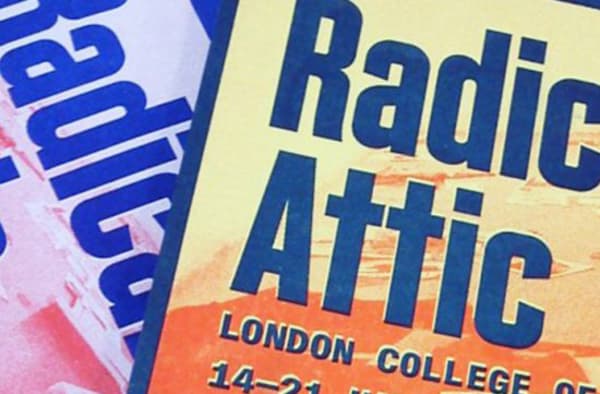
Design Activism Research Hub (DARH)
Design Activism Research Hub is concerned with the visual and material culture practices and artefacts of social movements and other formations of resistance and agitation.
-
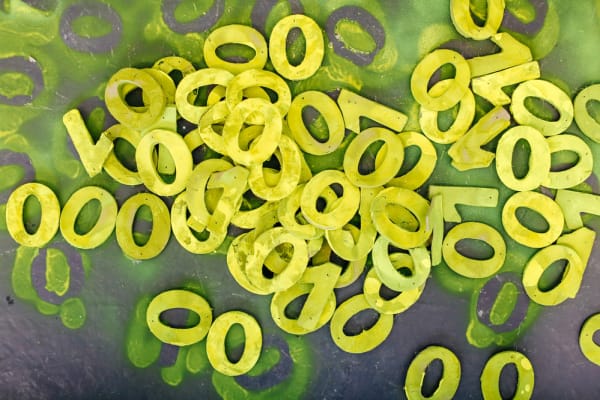
Image credit Divya Sharma
Digital Cultures and Economies Research Hub
The Digital Cultures and Economies Research Hub explores digital media and communications in contemporary cultures and economies.
-

Experimental Pedagogies Research Group (EPRG)
The Experimental Pedagogies Research Group (EPRG) was set up on the 14th July 2020 in response to a growing demand from various staff and doctoral students at UAL for a place where theoretical and practical ideas of experimentation in creative educational contexts could be explored.
-
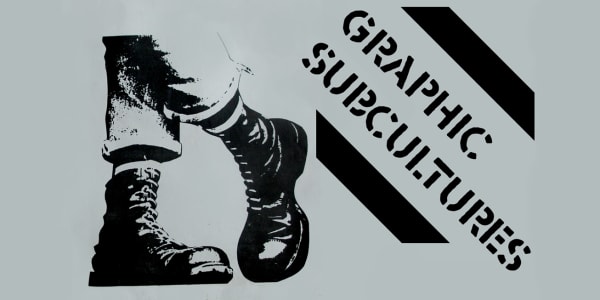
Image courtesy of UAL
Graphic Subcultures Research Hub
The group aims to investigate graphic communication strategies used by self-identifying subcultural groups, often centred around music, fashion and lifestyle interests, to promote their stylistic, philosophical and ideological positions.
-
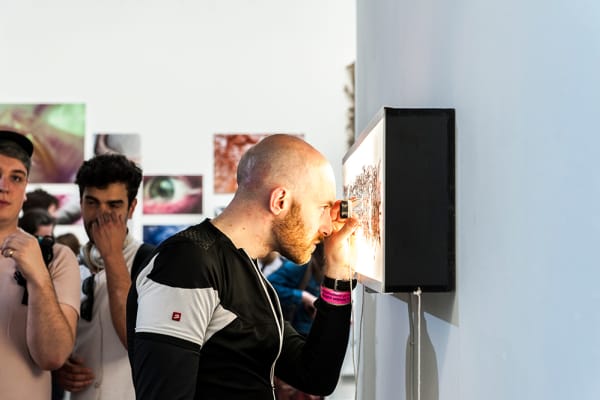
Media School, LCC
Photograph: Ana EscoabrPhotography and the Archive
View the research outputs produced by PARC, the former Photography and the Archive Research Centre.
-
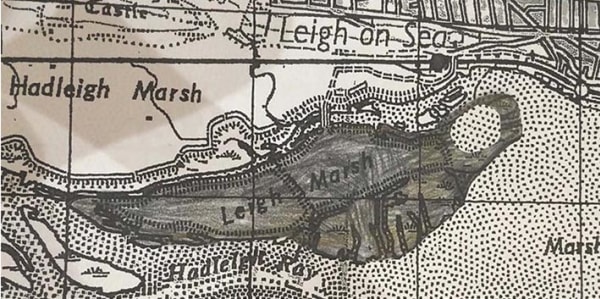
Image courtesy of UAL
Photography and the Contemporary Imaginary
The research hub at LCC brings together practitioners and theorists to explore and promote photography as a mode of imaginary thought and its relation to a collective imaginary.
-
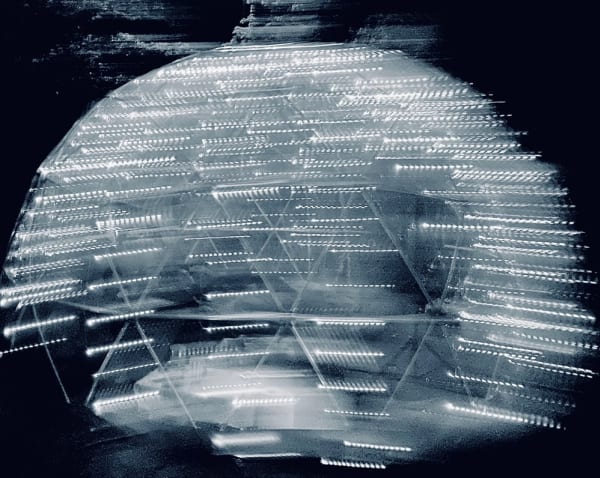
Sonic Screen Lab
The Sonic Screen Lab (SSL) is an interdisciplinary research hub and creative playground that interrogates and innovates with audio-visual storytelling and the links between culture and social change.
-
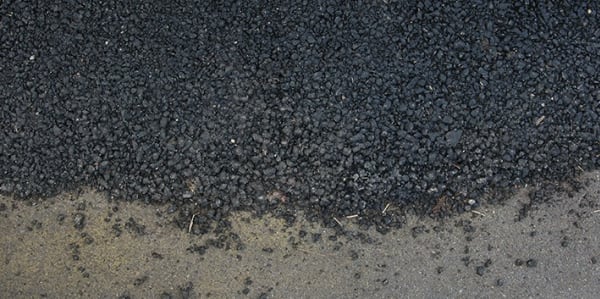
Sound Proof 2 documentation, 2009 by Monica Biagioli
Space and Place
This group explores the experience of urban environments, namely London and Elephant and Castle, to explore place-making processes and interrogate spatial discourse.
-
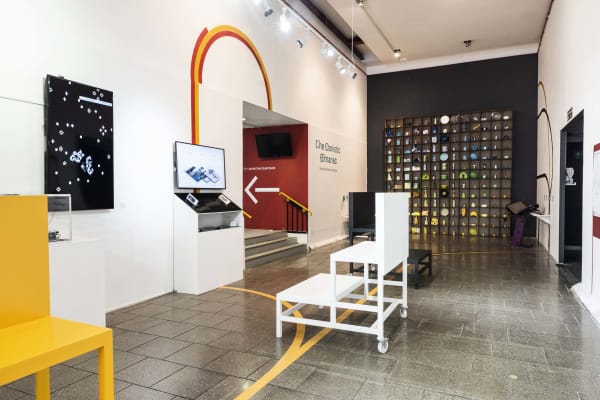
Supra Systems Studio
Supra Systems Studio is a research machine from the Design School at LCC, interrogating and materialising the politics of network technology through design practice.
-
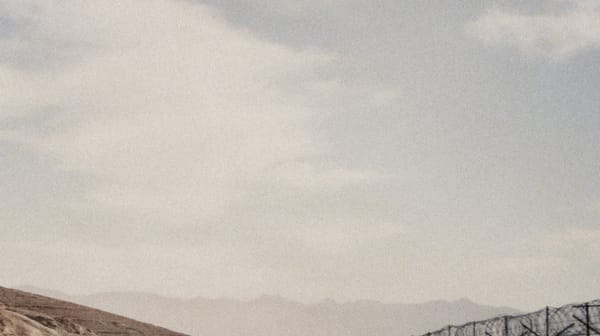
Visible Justice. Image © David Birkin
Visible Justice Research Hub
Visible Justice is a transdisciplinary research collective based at University of the Arts London.
Research videos
Unfolding Narratives 3 | Postgraduate Research Work-In-Progress Show 2023
Unfolding Narratives 3: panel discussion
Unfolding Narratives | PhD Work-In-Progress Show 2020
Featured research staff
-
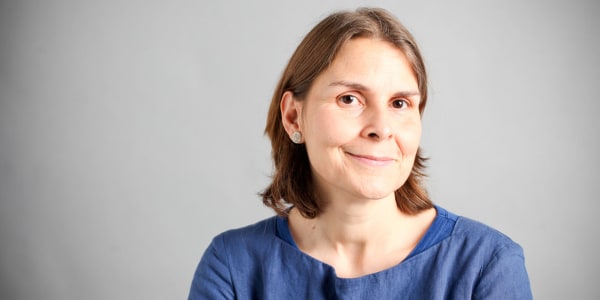
Alison Prendiville
Professor of Service Design
-
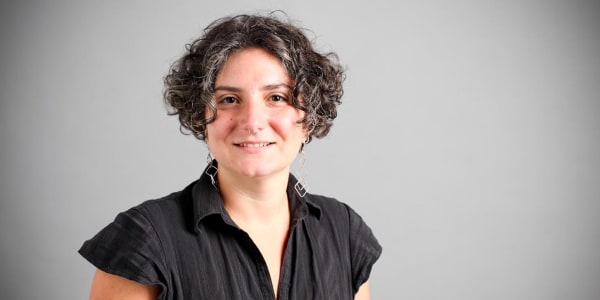
Silvia Grimaldi
Reader in Service Design and Collaborative Futures
-
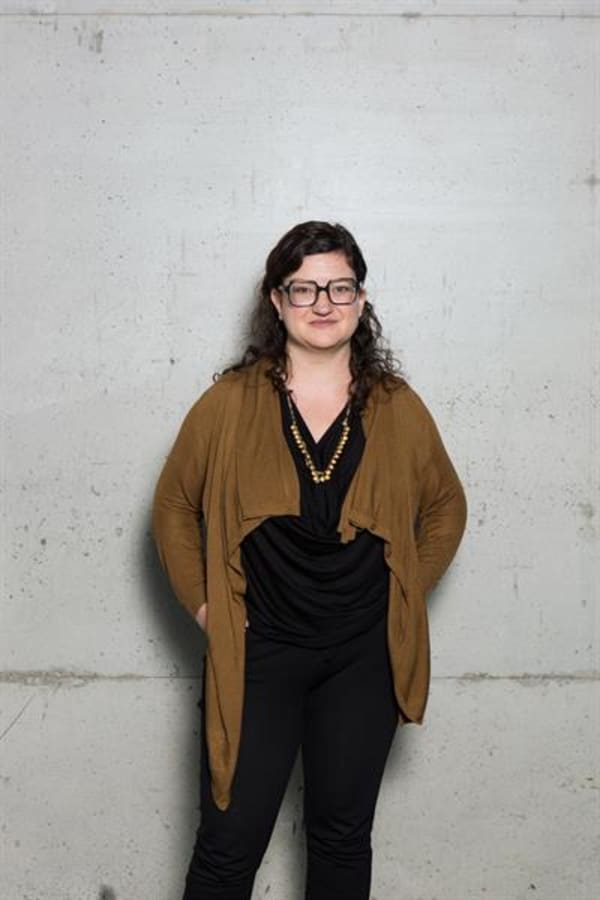
Ramia Mazé
Design for Social Innovation and Sustainability
-
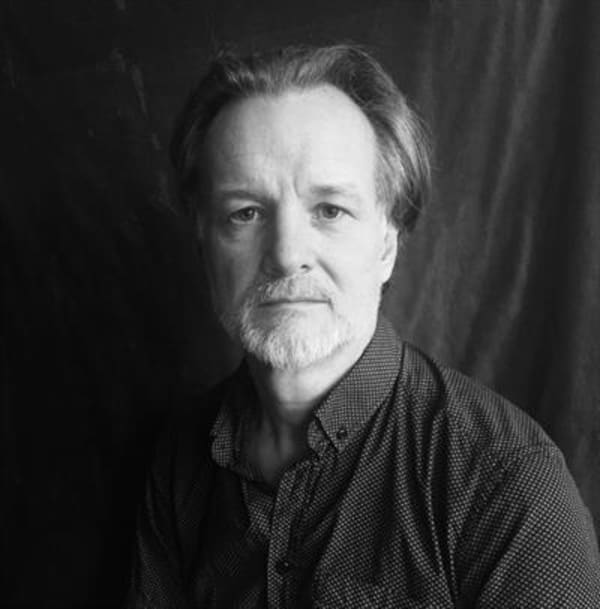
Paul Lowe
Reader, London College of Communication
-
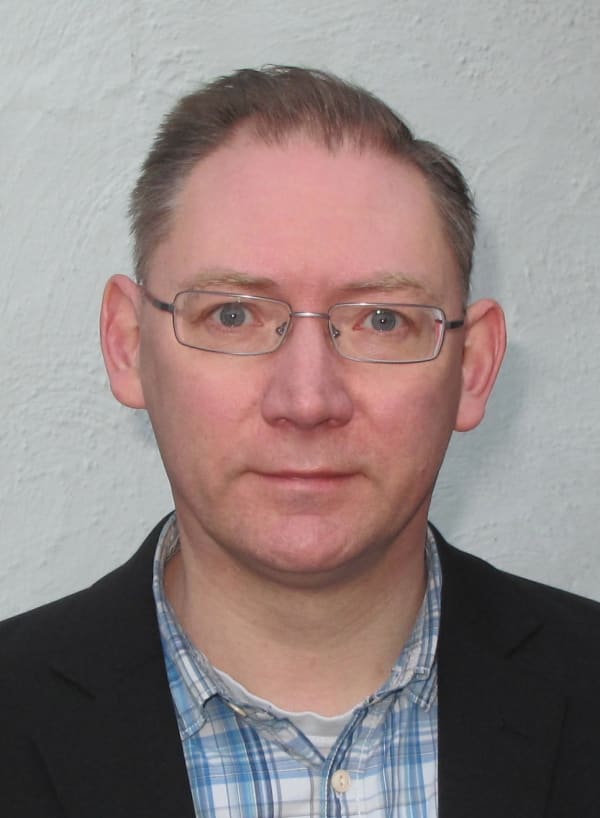
Jonathan Hardy
Professor of Communications and Media
-
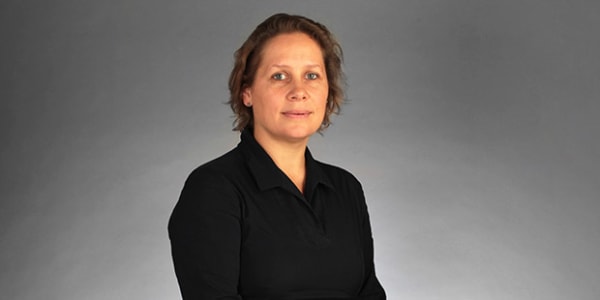
Salome Voegelin
Professor of Sound
-
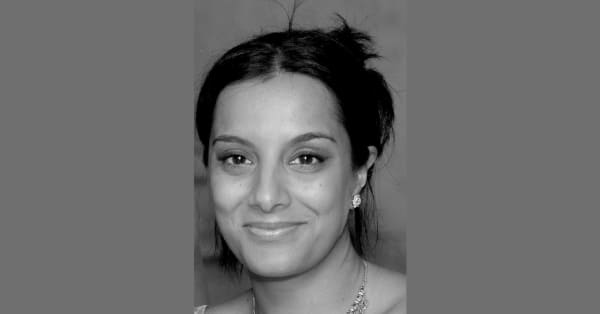
Shreepali Patel
Professor of Film and Screen
-
Ashwani Sharma
Lecturer, BA (Hons) Film and Screen Studies

